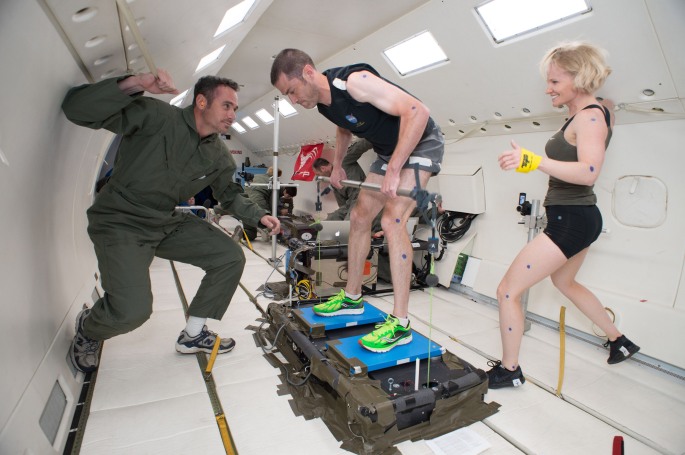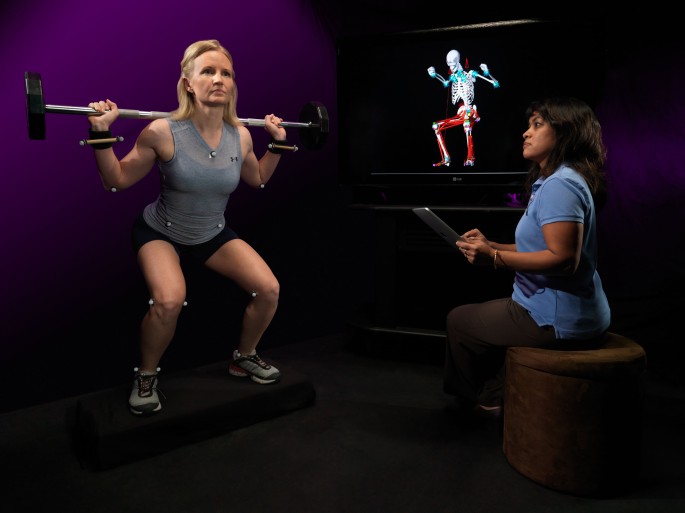To study ways to protect future astronauts as they prepare and one day travel to the other planets and throughout the solar system

Space news (NASA initiatives: The Transitional Research Institute (NTRI); researching and developing innovative approaches to decrease risks for humans associated with traveling and living in space) – Texas Medical Center Innovation Institute in Houston, Texas –

During the next few decades human beings will travel to parts of the solar system never visited before and the journey is expected to be dangerous, yet awe-inspiring. In order to reduce the risks associated with traveling and living in space, NASA has announced the formation of a partnership with Baylor College of Medicine in Houston. Plans are to operate a new institute charged with researching and developing innovative approaches designed to help keep astronauts alive and healthy during long-term voyages to Mars and beyond.

Men and women react differently to the environment called space and research can differ between the two. This diagram shows key differences between men and women in cardiovascular, immunologic, sensorimotor, musculoskeletal, and behavioral adaptations to human spaceflight. Credits: NASA

Called the NASA Transitional Research Institute (NTRI), the new institute will implement a bench-to-spaceflight strategy. Their main goals to produce new treatments, countermeasures, and technologies with practical applications towards known spaceflight health risks. Medical problems like visual impairment intracranial pressure (VIIP) Syndrome, which was identified in 2005, and is currently NASA’s number one spaceflight-related health risk for astronauts. Plans are for the work to be done at the Texas Medical Center Innovation Institute in Houston, Texas.

“It’s fitting on the 47th anniversary of humanity’s first moon landing that we’re announcing a new human spaceflight research institute that will help reduce risks for our astronauts on the next giant leap – our Journey to Mars,” said Marshall Porterfield, NASA’s director of Space Life and Physical Sciences Research and Applications.
Time to get to work
Astronauts will be happy to hear this news and it has the potential to enable mankind’s journey to Mars and beyond to the beginning of space and time. The NASA Transitional Research Institute will help form relationships between scientists and medical laboratories and institutes looking to reduce health risks and performance barriers for humans traveling and living in space. It will also keep astronauts healthier during their space missions during the decades ahead.
Learn about the Curiosity rover discovering evidence suggesting the Red Planet was once a much wetter world.
Discover how astronomers measure distances to objects on the other side of the Milky Way.
Read about the recent launch of NASA’s OSIRIS-REx to an expected rendezvous with asteroid Bennu.
You can learn more about NASA’s contributions to the human journey to the beginning of space and time here.
Learn more about the NASA Human Research Program.
Learn more about the work of the professionals at the Baylor College of Medicine.
Discover the Texas Medical Center Innovation Institute.
Learn more about NASA’s plans to travel to send astronauts to Mars here.
